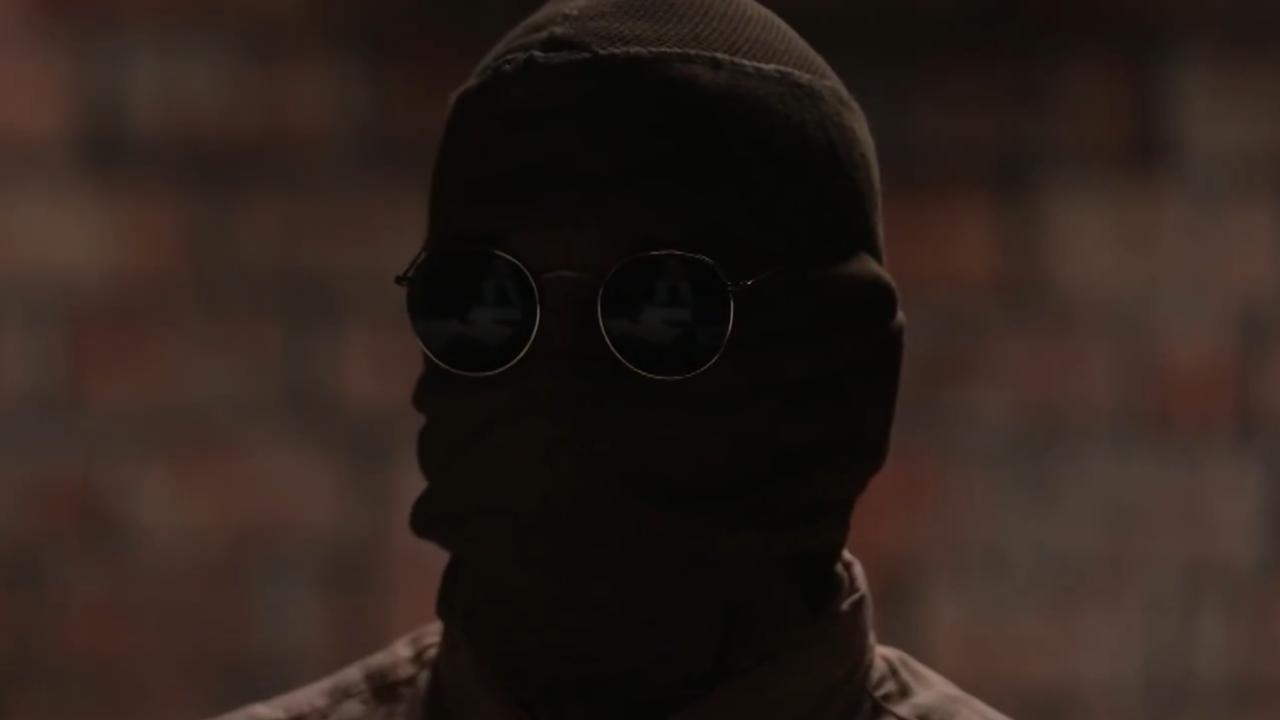‘Immediate threat’: Horrifying sign terror group Islamic State back ‘with a vengeance’
ISIS is having a horrifying resurgence, with a new campaign of terror already underway in Europe, Africa and the Middle East.

Islamic State is back. With a vengeance.
Its social media campaigns are winning new recruits. It’s found new sources of cash. And a new campaign of terror is already underway in Europe, Africa and the Middle East.
A global coalition of 87 nations – including Australia – destroyed the dreams of jihadist terror group Islamic State to create a “New Caliphate” under their prophet Abu Bakr al-Baghdadi.
By 2017, the black-flagged insurrectionists had been expelled from all their strongholds in Iraq and Syria. Only a few battered warbands remained hiding in the most barren wastes.
Now, 10 years after launching their genocidal attacks on the Iraqi cities of Tikrit and Mosul, Islamic State is making a comeback.
But its modus operandi has changed.
It’s not fighting to seize territory for a new, holy nation. At least, not yet.
Instead, it’s seeking revenge.
And to sow the seeds of terror.
Islamic State in Iraq and Syria (ISIS) and its affiliate Islamic State Khorasan (IS-K) have launched a new wave of attacks.
Among the highest profile was the plot involving a 19-year-old, a 17-year-old and a 15-year-old to “kill as many people as possible” outside a Taylor Swift concert in Vienna.
But the United States, United Kingdom, France and Germany have already been targeted. As has Pakistan, India, Iran and Russia.
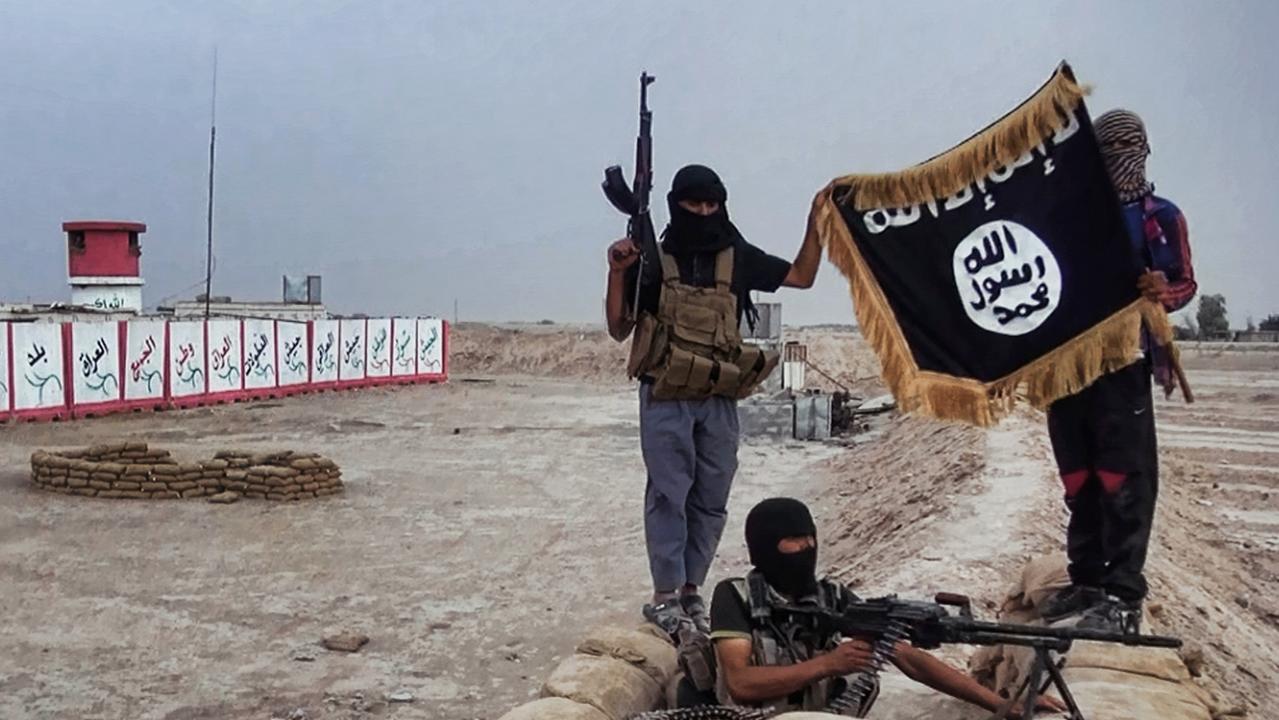
In March, after an attack on a Moscow concert hall, IS-K took to social media to call on its global following to launch lone-wolf attacks on Christians and Jews.
Its propagandists released a threat reading: “After Moscow … Who Is the Next? London, Madrid, Paris, Rome?”
“It is not uncommon for an adversary to say precisely what they are going to do – as bin Laden did before 9/11,” former deputy director of the CIA Michael Morell and Harvard University Professor Graham Allison argue in Foreign Affairs.
And it’s a threat the US Federal Bureau of Investigation (FBI) is taking seriously.
Director Christopher Wray has said “the potential for a co-ordinated attack” was “increasingly concerning”.
“As I look back over my career in law enforcement, I’m hard-pressed to come up with a time when I’ve seen so many different threats, all elevated, all at the same time,” he added.
And ASIO has raised Australia’s national terrorism threat level from “possible” to “probable”.
The black flag flies again
Morell and Allison are not surprised at Islamic State’s return to strength.
“Two decades of war in Afghanistan and Iraq, as well as drone strikes in more than a dozen other countries, have generated resentment toward the United States that could drive individuals to seek violent retribution,” they write.
And Israel’s overwhelming response to the October 7 terror attack by Hamas hasn’t helped.
“That operation will have what Director of National Intelligence Avril Haines has called a ‘generational impact on terrorism’ and will create what Kurilla has described as ‘the conditions for malign actors to sow instability throughout the region and beyond’,” they add.
Such hatred is already taking shape.
French authorities uncovered several plots targeting the recent Paris Olympic Games. One involved an 18-year-old with links to ISIS attacking a soccer match.
IS-K has also been active. So far this year, it has suicide-bombed a memorial service in Kerman, Iran and a church in Istanbul. It was also behind the Moscow bombing that killed 250 concertgoers.

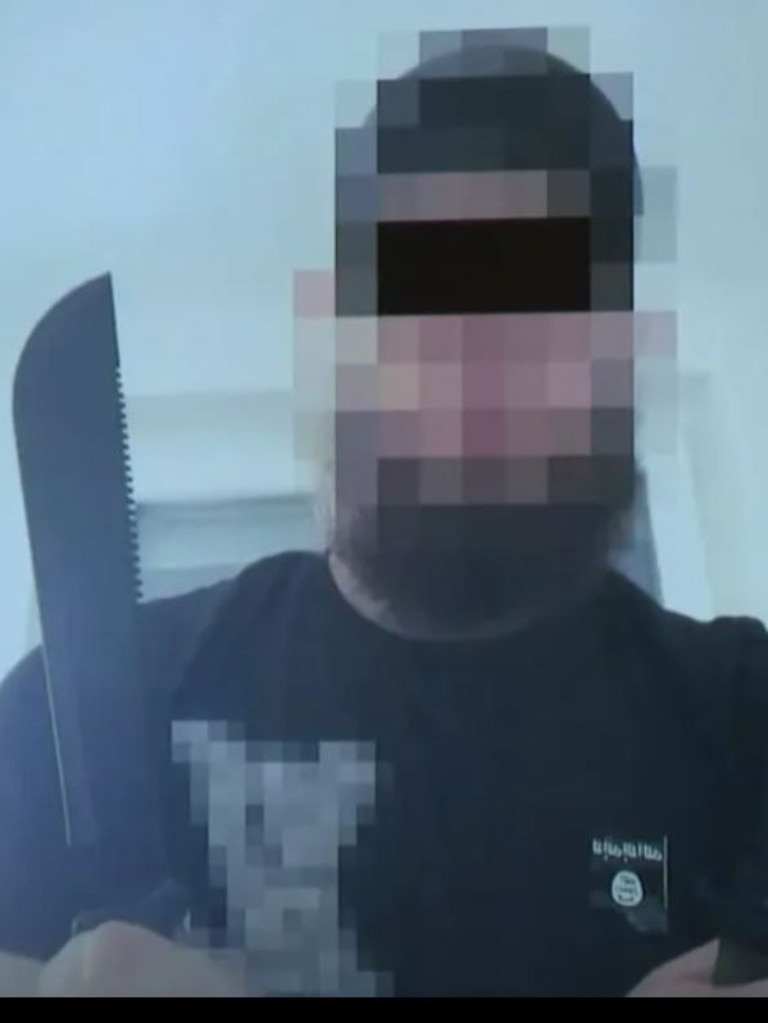
“Whereas previously its ambitions were largely local, recently it has ramped up its attacks across the border in Uzbekistan and Tajikistan and on foreign interests within Afghanistan,” Soufan Group think-tank analysts Colin Clarke and Lucas Webber argue.
“In 2022, for example, ISIS-K struck the Russian embassy and a hotel frequented by Chinese businesspeople in Kabul.”
Other plots have been foiled, including a 2020 attack on a German NATO base, the 2022 World Cup in Qatar, a New Year’s Eve 2023 strike on Germany’s Cologne Cathedral and the Swedish parliament in Stockholm in March.
But Islamic State’s designs for creating a new caliphate have not been entirely forgotten.
“The past six months have seen ISIS produce and deploy at least three vehicle-borne improvised explosive devices (VBIEDs), something almost unseen since the group last held territory in 2019 and a clear indicator of enhanced logistics, supply chains, and access to secure production facilities,” observes Middle East Institute analyst Charles Lister.
“IED attacks have also increased significantly this year, as have complex amassed assaults, co-ordinated ambushes, raids, pop-up checkpoints on highways, and targeted assassinations.”
Islamic State – Iraq and Syria
Its capital, Raqqa, has fallen. Its Caliph, Abu Bakr al-Baghdadi, is dead.
But the jihadist apocalyptic cult still fights on in the deserts of Iraq and Syria.
Despite ongoing efforts by the United States and its remaining coalition partners, ISIS can still muster at least 5000 fighters from among the scattered desert villages it still controls.
“It is an inherently patient terrorist adversary, with a well-established track record of recovery and resurgence after suffering crippling territorial defeats,” Lister writes.
“The group has been slowly and methodically rebuilding its capabilities since 2020, especially in the regime-held central badiya (desert).”
And all the signs point to a re-equipped and revitalised jihadist force.
“ISIS attacks in Syria this year have also involved greater numbers of fighters operating in the open for more prolonged periods of time; this suggests a far greater willingness to potentially lose personnel in battle and implies recruitment is no longer a problem,” Lister adds.
“The group’s ‘shadow governance’ is also back, with a well-co-ordinated extortion network again widespread and ISIS militants issuing bespoke ‘taxation’ invoices to local business and enforcing commercial trucking customs duties on main roads.”
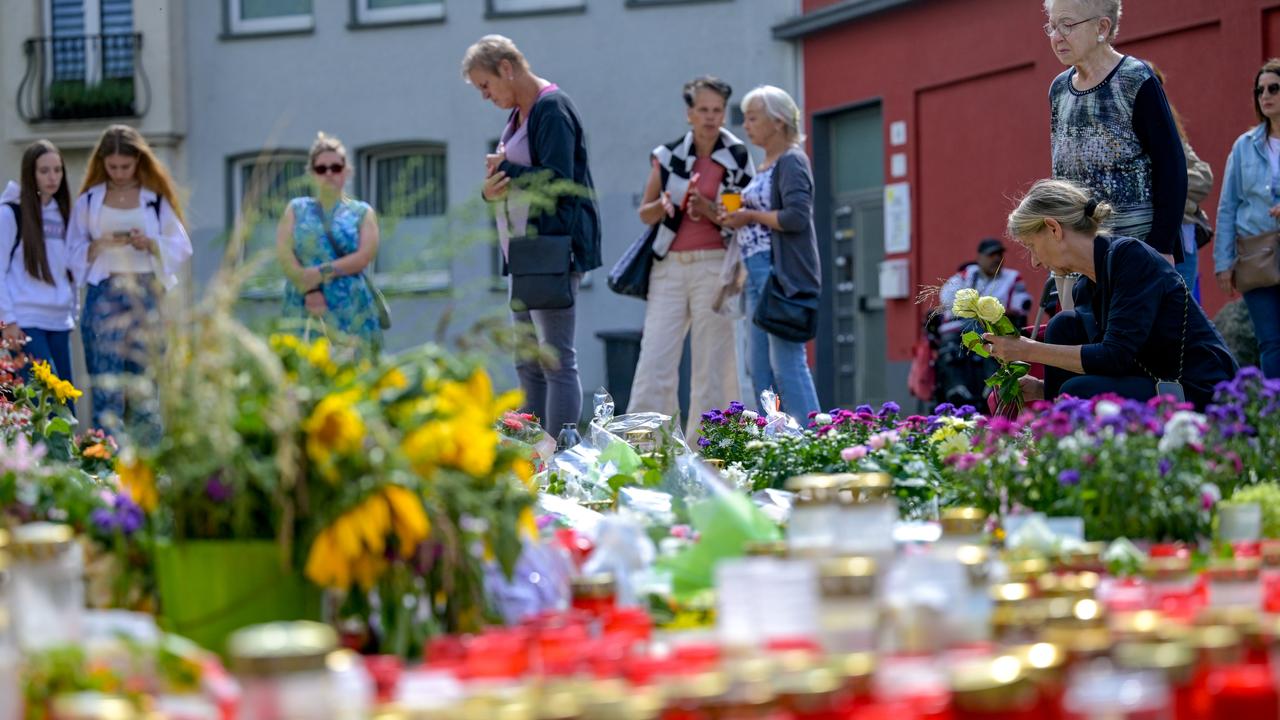
Islamic State – Afghanistan and Pakistan
IS-K appeared in 2015 amid a global surge of jihadist excitement at the success of Islamic State in Syria and Iraq.
The seeds of its creation were already there. The brutal Taliban controlled much of the country. And the al Qaeda network behind the September 11, 2001 attacks on the Twin Towers and Pentagon was still largely in place.
IS-K did not suffer complete military defeat as its ISIS progenitor did in 2017. But it has suffered severe financial and organisational challenges.
“ISIS-K has proven stubbornly resilient in the years since. It has overcome its personnel challenges by further expanding its recruitment efforts, first among battle-hardened Pakistani militants, then across Central Asia,” Soufan Group analysts Clarke and Webber write.
“It has adapted its strategy, too. ISIS-K conducts fewer strikes inside Afghanistan than it once did, and many of the attacks it has planned recently are designed to be more lethal and focus on high-profile targets abroad.”
This threat, add Allison and Morell, must be addressed.
“Action is required to address threats before they come overseas,” they write.
“ISIS-K poses the most immediate threat, but it is based in Afghanistan, where the United States has not had a military presence since its withdrawal in 2021. Washington may therefore need to do something otherwise unthinkable: work with the Taliban.”
Rallying to the cause
Islamic State recruiting efforts never ended. But its activity has increased in recent years – both on a face-to-face local and online international scale.
“ISIS-K now has even wider horizons,” say Clarke and Webber.
“It is both pushing its propaganda to a more global audience and threatening attacks farther afield. In addition to outreach across its core area of operations in South and Central Asia, ISIS-K is disseminating media content in multiple languages to reach more people.”
A new study by British Royal United Services Institute (RUSI) terrorism researcher Dr Antonio Giustozzi seeks to understand Islamic State’s continued appeal.
He identifies a manipulated image of masculinity as a primary driver.
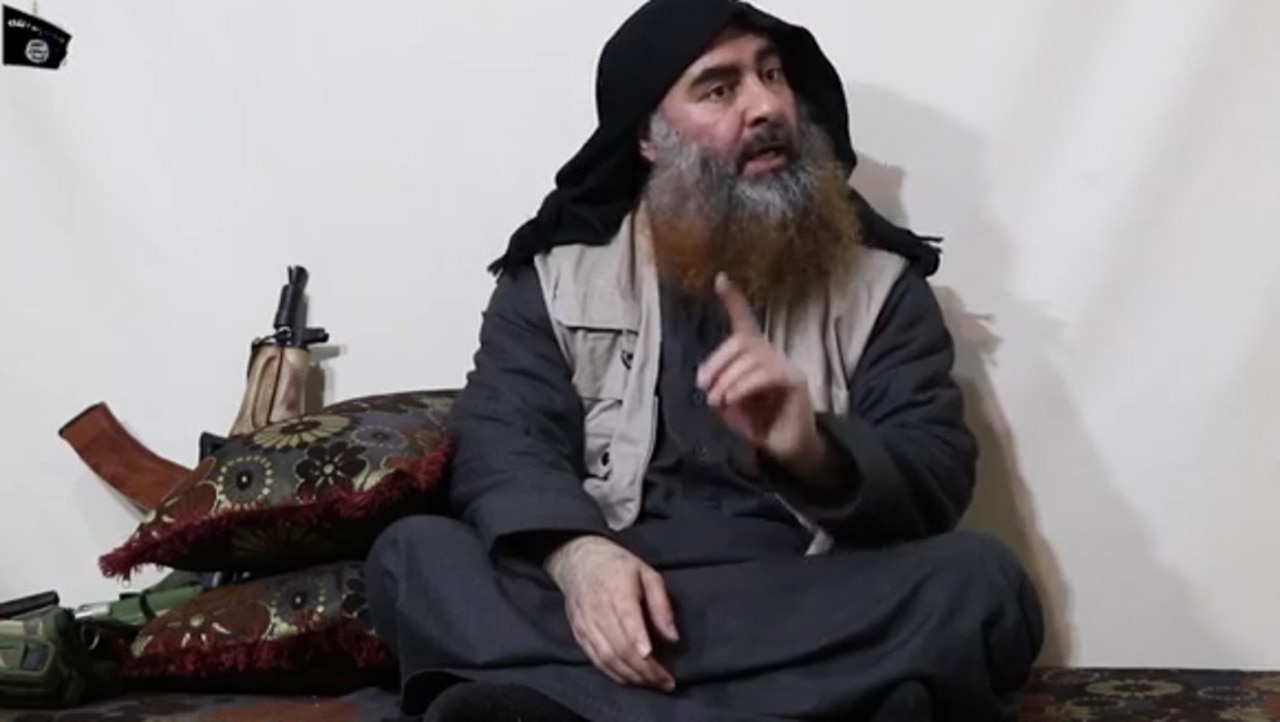
“Men fighting for the cause are held up as ‘real men’ and contrasted with the ‘emasculated’ men in Western countries,” Dr Giustozzi writes.
But male insecurity also plays an important role.
“There is evidence that anger, shame and humiliation are important motivators in driving masculinity towards intersecting with violent extremism,” he explains.
IS-K markets itself as a “full package” solution.
“The sense of jihadi solidarity among ISKP’s urban members was further reinforced by tales of female members offering to marry male recruits and elder male members marrying away their daughters to young men joining the group,” the RUSI report reads.
“IS-K propaganda offers an environment in which traditional gender roles are celebrated, and joining the organisation becomes a means of achieving the milestones of manhood.”
Jihadist modus operandi
This time around, Islamic State appears to be adopting a more decentralised approach to its propaganda and terror operations.
“In this ‘virtual entrepreneur’ model, which the group has used successfully in the past, operatives in Afghanistan or Pakistan make contact with would-be ISIS-K supporters abroad to try to convince them to carry out attacks in the countries where they reside,” state Clarke and Webber.
“If they agree, ISIS-K handlers feed them instructions remotely and put them in touch with operatives on the ground who can provide the fake documentation, weapons, and other logistical support necessary to conduct a terrorist attack.”

It’s a similar story for its social media propaganda efforts.
IS-K is encouraging its followers to create their own messages – so long as they align closely with the group’s dogma.
Director of the FBI Christopher Wray testified to Congress earlier this year that the “number one category” of terrorist threats included “lone actors or individuals operating in small cells using readily available weapons”.
He added that renewed conflict in the Middle East has inspired “homegrown violent extremists” motivated by both Hamas’ terror attack and Israel’s brutal response.
But moves are also afoot to re-create a unified, multinational fighting force.
United States Africa Command (AFRICOM) General Michael Langley has warned al Qaeda and Islamic State are recruiting and exploiting “underdeveloped, under governed areas” and that “recent military takeovers in West Africa are giving space to violent extremist organisations”.
It’s past time for the world to co-ordinate its response, say Clarke and Webber.
“To dismantle virtual networks, governments must work with social media and other tech companies to identify and take down accounts and content promoting terrorist propaganda,” they argue.
More Coverage
“This alone is not sufficient; no clean-up campaign catches everything, and the low barriers to entry for building a presence online make content removal a cat-and-mouse game.
“Still, it is necessary as part of an ongoing effort to limit the reach of extremist propaganda.”
Jamie Seidel is a freelance writer | @JamieSeidel






